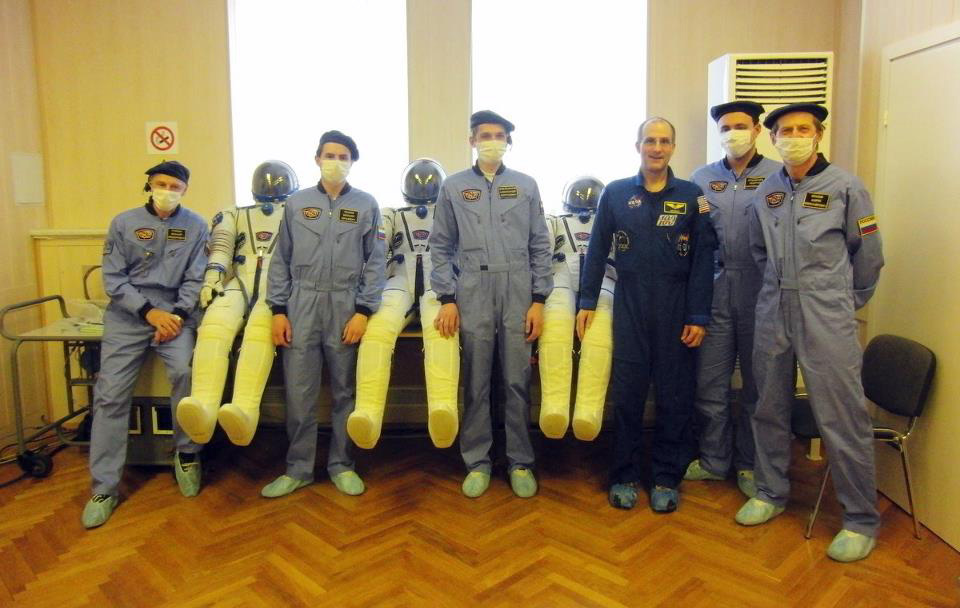
Lost Chopstick


The Grand Canyon of the Colorado River is simply amazing when viewed from an orbital perspective. You instinctively recognize it, even though you have never seen it from this vantage point before. Somehow, your brain can warp all those vacation memories from visiting the South Rim into something recognizable.
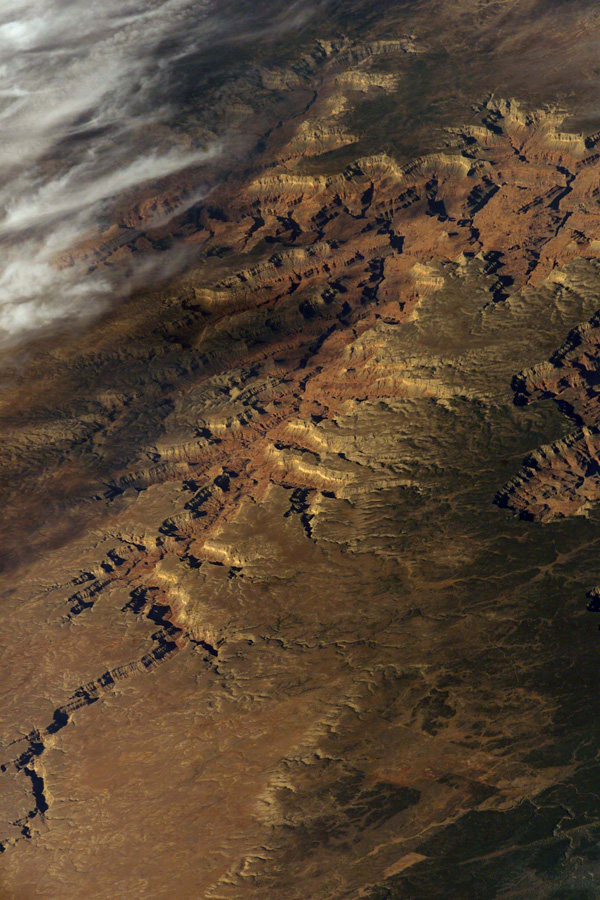
But the amazement doesn’t stop there. Sometimes your brain can play little tricks. Under some lighting conditions the Grand Canyon does not look like a canyon at all. Instead, all you see are the arteries on a giant heart, as if someone were performing open heart surgery on Mother Earth.
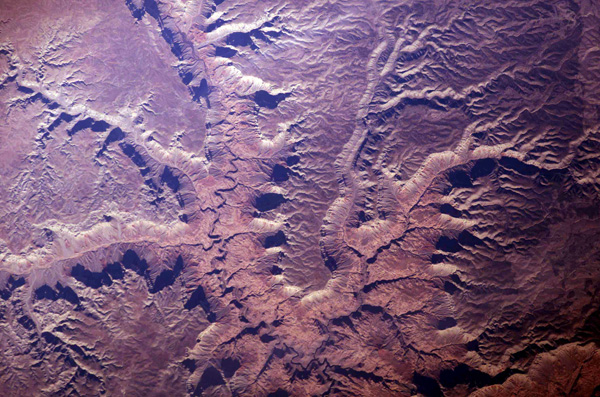
Push on the corners of your eyes one more time, wait for the flashes to disappear, and now you see something entirely different. Instead of looking out the window of a spacecraft, you are looking out the window of a deep-sea submersible at some mucky-bottom seascape. You now see worms lying on top of the benthic sediment, happily doing whatever worms do on the bottom of the ocean.
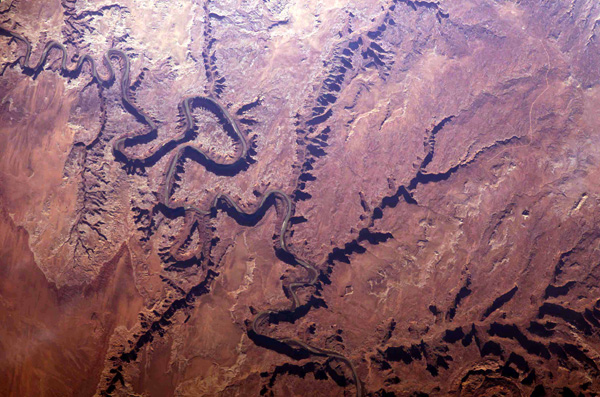
So often, in the search for truth in nature, human perception masks how things really are.
For my Soyuz launch, I had worn a standard Shuttle diaper with two inserts for extra absorption. (I have found it advantageous to add a little extra in certain places—in weightlessness, urine will creep around under the guise of capillary action and find your long underwear.)
Still, we were in our spacesuits for over 12 hours, and that’s a long time. Even with the extra inserts, my diaper became completely overwhelmed. It leaked real bad; I could feel it happen, and was powerless to control the flood. When the time came to de-suit, I was more than ready to get out of that thing, but dreaded the impending mess. Fortunately, I was able to cover up my stained underwear with a pair of woolen bib overalls.
On docking day, we put on our Sokol suits again and strapped in about six hours before arriving at Space Station. By the time we docked I was tired, dehydrated, hungry, had to use the bathroom, and was still wearing my yellow-stained long underwear. My sinuses were a bit congested, with the standard red puffy, chipmunk face. Our Soyuz cabin pressure was at 830 mm, but station is maintained at 740 mm. When we equalized the two, I got a splitting sinus headache.

Let your smile be your umbrella!
When we opened the hatch we were immediately on camera, downlinked live to the world as we were greeted by the smiling faces of our space station crewmates. All I wanted to do was have a good “rest stop,” get something to drink, and hide in my sleep station (in that order). We were pulled into the Service Module, where we were once again on camera with Russian Mission Control and my family, all anxious to chat. They wanted to know what it was like. I felt like a red-faced, dehydrated, puffy sack of — (fill in the blank). That is what it was really like. I was able to force a smile.

Feeling better!
Being absent for the holidays is collateral damage for an explorer, whateverthe location. In Antarctica, the short Antarctic summer is when most explorationhappens, and this falls over the Thanksgiving, Christmas, and New Year holidays.Maybe you can get home by Valentine’s Day; it is best to arrive bearing flowers,chocolate, and a smile. Family life can be tough on Antarctic explorers.
Similarly, the timing of spaceflights depends on orbital mechanics as well asseasonal meteorological conditions at the launch and landing sites. Like sailorsin the past shipping out with the tides, space explorers have no control overthese factors and must warp their plans to fit the conditions of theUniverse.
I have had the good fortune to be on two missions to the space station andone to Antarctica.My collateral damage toll includes being on orbit for two Thanksgivings,Christmas, New Years, birthdays, anniversaries, a science fair, school plays,recitals, and Valentine’s Day (I was not there with flowers, chocolate, and asmile). While in Antarctica, I missed everything from November to February, butdid make it home for Valentine’s Day (with flowers, chocolate, and a smile).Now, with this mission, my damage toll is rising. With our new internetcapability on space station, I can at least send flowers. The essentials tobring with you into the wilderness of today are not flint, steel, and powder,but your credit card number and network login.
Meaningful exploration typically requires months away from home. Ultimately,it is the explorer who misses out on the significant family events. One shouldnever forget that your family life goes on, with or without you.
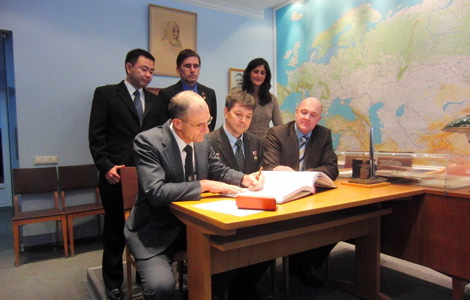
Space Station expeditions are planned for six months. Some may be a fewweeks shorter, some longer. Malfunctions in your spacecraft can impactthe mission duration either way by two months or more.
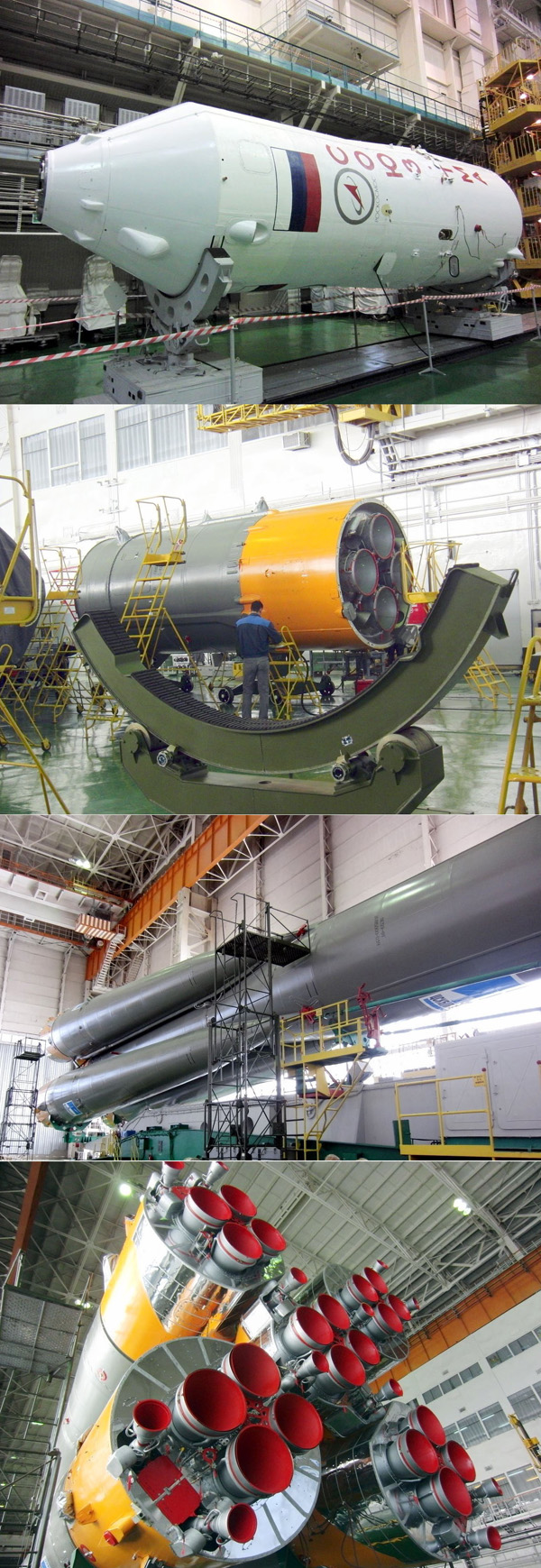
There is more to your mission than just the time in orbit, however.Launching on the Russian Soyuz rocket, the only current means to get toand from Station, requires crews to be in Russia two months beforelaunch. And there is that last week of ESA training with our Europeancolleagues that is tacked onto the beginning of the trip.
Upon your return to the confines of earth’s gravity, there could be arehabilitation period of up to a week, living in crew quarters underthe watchful eye of the flight doctors. The length of door-to-door timeaway from home easily extends the mission to eight and a half months.Then, once you are home, the next month does not belong to you (or yourfamily). Your body is subjected to post-flight medical experiments; allare necessary to complete the before, during, and after science that isextracted from your soul. So it’s more like 10 months before you aretruly able to relax.
Still, thanks to radio, video, and Internet, our ability to stayconnected with our families and mission control while in space isunparalleled. We may no longer be on the planet, but we have notvanished from Earth. Compared to the historic exploration experience, wehave it good.
Expectations are important. Expedition 6 in 2002 was going to be oneof the shortest missions to date, somewhere between 1½ and 2½ months.Because of the Space Shuttle Columbia disaster, which happenedwhile we were on orbit, our mission was extended to nearly 6 months. Asmy commander told me before launch, “When going to space station, it iswise to be mentally prepared to be gone for a year.” It turns out hewas half right.
Taking human anatomy into account, the toilet facilities on spacestation have an architecture that expertly aligns the purpose to theenvironment (such trifles as a toilet seat are not needed when you areweightless). The Soyuz spacecraft is a different matter. The toilet onSoyuz is simple, and will get the job done with minimum mess. Butrelaxing it is not. In the cramped quarters your crewmates politely keeptheir backs turned, with plugged noses. Fortunately, we only live inthe Soyuz for two days before we rendezvous and dock with the spacestation. After that we can live, and relieve ourselves, in semi-privatestyle.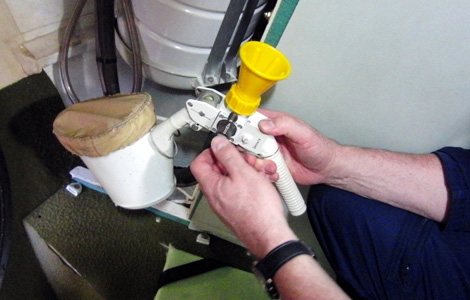
The Olympian measure of endurance for a Soyuz crewmember is to holdyour bowel for the two-day passage. This is a competition with no placefor silver or bronze. Shortly after the hatch opening and the firsthandshake/hug with our friends already on the station, the newlyarriving crew makes a hasty retreat to the toilet. Exercising properspace etiquette, it is best not to give the newly arrived too strong ahug.
To help ease our difficulty, we are offered a pre-launch enema.Administered by our flight surgeons, this allows us to launch with aclear mind and a clean colon.
 As you get closer to launch you shed earthly possessions, and your worldly stuff becomes meaningless. In my dorm room I give away my things, the tangible items needed on Earth that are of no use to me anymore. I shed the onerous chores of e-mail, phone calls, and mandatory web-based sensitivity training. I no longer worry about filling out my time card. None of this matters anymore. I am at the point where the only material things of concern are my spacesuit and rocket. A part of my heart, carefully barricaded into a small corner, is reserved for my family. As needed, I will allow such thoughts to fill me with strength.
As you get closer to launch you shed earthly possessions, and your worldly stuff becomes meaningless. In my dorm room I give away my things, the tangible items needed on Earth that are of no use to me anymore. I shed the onerous chores of e-mail, phone calls, and mandatory web-based sensitivity training. I no longer worry about filling out my time card. None of this matters anymore. I am at the point where the only material things of concern are my spacesuit and rocket. A part of my heart, carefully barricaded into a small corner, is reserved for my family. As needed, I will allow such thoughts to fill me with strength.
From my perspective, I will soon be sitting in my rocket watching everyone on Earth move off into the frontier. Thus I say to you all, “Godspeed.”
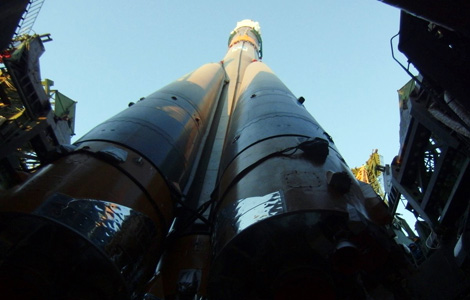
Four days ago our rocket was in pieces, scattered across the floor ofthe assembly building. Like anxious parents checking on their sleepingchildren, we took one last peek inside our Soyuz spacecraft. Everything was tucked in where it should be.
Three days ago the pieces started to come together, like giant blocks from a Lego set.
Two days ago all the pieces were assembled into the final form of our rocket.
One day ago our rocket rolled out on a train car from the assemblybuilding to the launch pad. This is the same pad that Yuri Gagarinlaunched from in 1961. This launch pad made history, and still does. Within half an hour, our rocket went from laying down to standing up.
Today, the day before launch, last-minute touches are being made toour rocket in preparation for launch, and we crew members are doing thesame. There are technical briefs, a conference with the uppermanagement (back home we say “Big Cheese,” here they say “Big Pinecone”;in any language it’s the same), a press interview, and one last chanceto be with our families. We share a movie. By tradition, we watch theclassic Russian film “White Sun Of the Desert.”We share a meal. No one speaks of this as a last supper, but it is. Onelast hug, a good laugh, a good cry, and my family departs.
Tomorrow we walk to our rocket and climb the stairway that leads intospace. The sky is not the limit, at least not anymore. What anadventure—and I have not even left the planet yet.
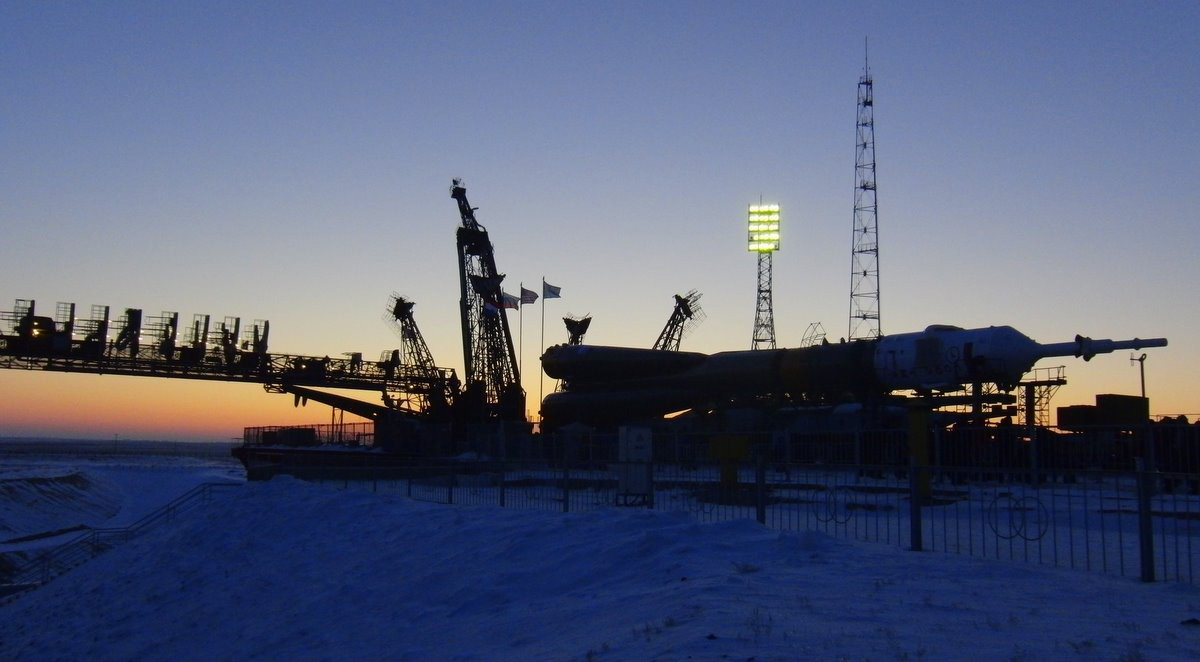
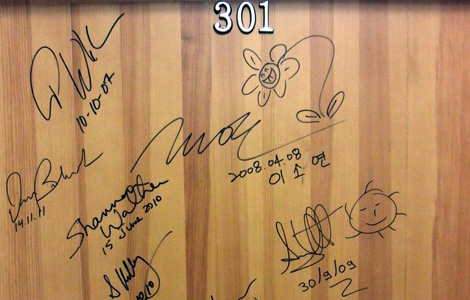
At the Cosmonaut Hotel in Baikonur, we scribble on our dormitory roomdoors shortly before leaving for the launch complex—with an indeliblemarker, no less. Doing this as a kid would have resulted in a fiercescolding. I know I have had such a talking to, and in turn have talkedto my sons.
Writing on the wall has been happening since humans lived in caves,and is ingrained into the very fabric of our being. So writing on ourdormitory door just comes naturally. Should I trace the outline of myhand? Should I draw a mastodon? Maybe a rocket.
Perhaps some future anthropologist, excavating ruins from thisforgotten civilization, will happen across these scratches and remarkhow primitive these times were—humans sacrificed to the space gods byblasting them off in rockets.
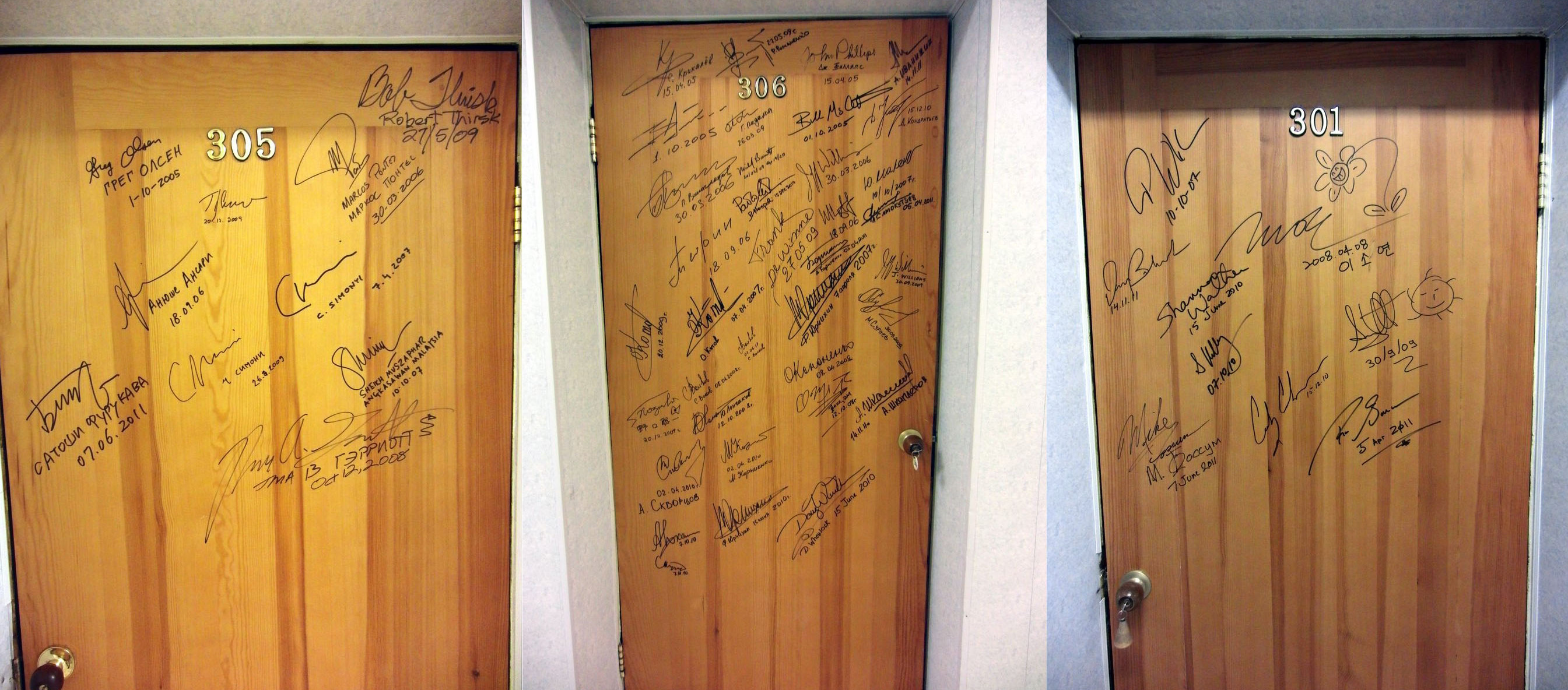
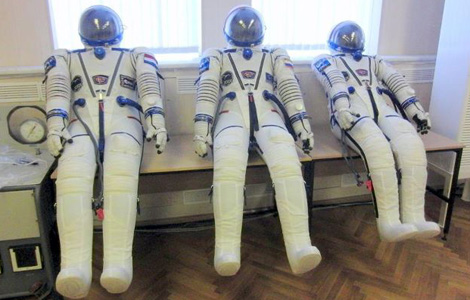 Our Soyuz spacesuit is named after the Russian word for falcon: сокол(sokol). It serves only one purpose, to keep us alive in the event of acockpit depressurization. We venture into a place that is devoid ofnearly all matter–a vacuum. This vacuum is as vast as space itself, andin a flash will remove our life-sustaining vapors with no moreperturbation than an 18-wheeler smashing a jackrabbit on Route 66. Andthe effect on your body would be about the same.
Our Soyuz spacesuit is named after the Russian word for falcon: сокол(sokol). It serves only one purpose, to keep us alive in the event of acockpit depressurization. We venture into a place that is devoid ofnearly all matter–a vacuum. This vacuum is as vast as space itself, andin a flash will remove our life-sustaining vapors with no moreperturbation than an 18-wheeler smashing a jackrabbit on Route 66. Andthe effect on your body would be about the same.
I have a symbiotic relationship with my spacesuit. I take care of it,and it takes care of me in return. Almost like a living exoskeleton, itcan take on its own cantankerous personality, and will bite, pinch, andtorque my flesh, leaving red pockmarks, bruises, pulled muscles, achingbacks, screaming knees, and occasionally a bleeding scratch or a blackfingernail (that slowly sloughs off like flesh in a sci-fi movie). Liketaming a wild animal, I’m aware of its nature, and I put up with anoccasional bite for the sheer pleasure of its company.
By design a space suit is hermetically sealed, so it creates amicroclimate that rapidly reaches 100% humidity at body temperatures. Wedo have cooling—a rather slow flow of air at tepid temperatures thatsweeps out some of the steamy vapor. If you just sit there, this coolingis adequate. We do have periods, particularly during emergencies, wherewe become quite active. During our training for fires (simulated withstage smoke), cockpit depressurization (simulated by inflating oursuits), and ocean landings (we practice the real thing in the BlackSea), the cooling system is deactivated and temperatures rise. Duringsome of these exercises, core body temperatures have reached over 39° C(102° F), requiring intervention from the array of flight surgeons whomonitor the exercise. During such exercises I have produced over 2kilograms (4½ pounds) of sweat, which ends up inside my sealedspacesuit. The suit thus becomes a mobile, living sauna. No wonder crewspractice the Russian tradition of sauna for off-duty relaxation—it’straining for the real thing.
My spacesuit is a marvel of fabric, polymers, and metal, custom-fitto my particular anatomy. It becomes a spacecraft in itself, shrunkendown to conform to the shape of my body. It is imperative to understandnot only where all the various levers, knobs, and closures are located,but also the engineering behind their operation. Every spacesuit has aregulator that senses the inside pressure so that it doesn’t drop below alevel required to maintain consciousness. NASA spacesuits use aregulator based on the difference in pressure between inside the suitand outside. Russian suits use a regulator based on absolute pressure.To a first order, this design is transparent to the user; the spacesuitssimply inflate when the ambient pressure drops. However, there arenuances that the user should keep in mind. Knowing the strengths andweaknesses of your pressure regulator will help you survive on a badday.
When dealing with technology in this wilderness, especially when it’srequired to keep one’s pink flesh safe, bad days can happen. Beware ofclaims for unsinkable ships. There were times when the U.S. and Russianspace agencies both dispensed with spacesuits. They were deemed anunnecessary expense. The engineering guaranteed that cockpitdepressurization could not happen. After both the U.S. and Russianprograms lost full crews, due in part to spacecraft depressurization,the spacesuits were brought back. Another lesson learned, pried from thebodies of those who explore.
When it comes time to doff my suit, I strip it off with a mix ofreverence (thank you for being there) and loathing (I can’t wait to getout of this thing). Like a moist, slimy worm emerging from a chrysalis, Ished this exoskeleton with great anticipation. Hot, sweat-soaked longunderwear steams in the cool air, and gives me needed relief fromevaporative cooling. This sensation is difficult to describe in words.
But our work is not done; we have to take care of our spacesuits. Ihook mine up to a ventilator, which inflates it like a large blowupdoll—or, more fitting, a blowup astronaut. It’s like we have visitingguests, perhaps company for dinner. It takes about 2½ hours to dry asuit. I do not want the inside of the suit to become a biologicalexperiment.
Thus I dote over my spacesuit with the same care a knight might takein preparing his battle armor. While still on Earth, I have an array ofsuit technicians, modern day squires, to help in the process. Thesepeople are experts, there to teach you the proper way to care for yourspacesuit, for there will come a day when you are on your own and haveto operate without any help. If you want to increase your chances tosurvive, it is imperative to absorb their pearls and become one withyour suit.
I hate my spacesuit; I love my spacesuit. Such contradictory thoughts remind me that I am very much alive.
